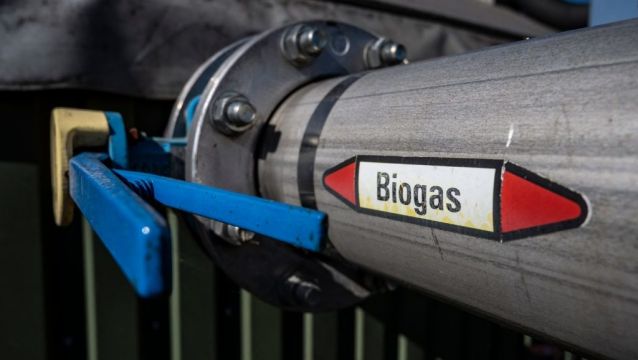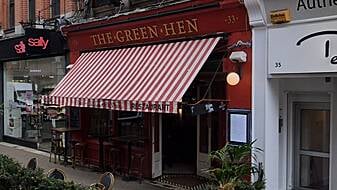The building materials firm Grafton Group has secured a High Court order overturning permission for a facility in Co Offaly that would convert silage, manure and chicken litter into biogas.
Strategic Power Limited wanted to develop an anaerobic digestion plant on a site outside Tullamore that would accept some 50,000 tonnes of feedstock and convert it to renewable energy and organic fertiliser.
The proposal was met with strong opposition from some local residents and businesses, including Grafton, which owns a Chadwick’s builders yard next to the site.
In a ruling published on Thursday, Ms Justice Emily Farrell held that the proposed development materially contravenes the local development plan’s zoning of the site for “business and technology” and “strategic employment”.
The judge did not consider that 50 to 70 jobs during construction, followed by four to five jobs during operations, is sufficient to comply with the development plan objective for the zoning to “facilitate strategic large-scale employment”.
She also found An Bord Pleanála wrongly considered irrelevant matters in deciding that the project was consistent with the site zoning.
The board’s inspector said the location of the lands at the “end” of the business and technology zone would not act to fragment or significantly affect the overall zoned area.
However, Ms Justice Farrell said there is nothing in the development plan to support the interpretation that zoning is weakened towards the edge of a zoned area.
The judge also declared that An Bord Pleanála’s failure to publish an environmental report on its website was a breach of its obligations. This was “deliberate” and caused by its earnestly held belief as to its obligations under article 114 of the 2001 Planning and Development Act, she said.
She noted the board argued the environmental impact assessment report was publicly available, as it had been published by Offaly County Council before it refused permission for the plant. This did not negate the need for the board to post the report on its website.
The developer, which was a notice party in the High Court case, told the board that almost all of the raw materials for the plant would come from farms within a 10km radius.
It proposed building tanks to hold and warm the manure and silage that would create gases that could be injected straight into the grid overseen by Gas Networks Ireland.







